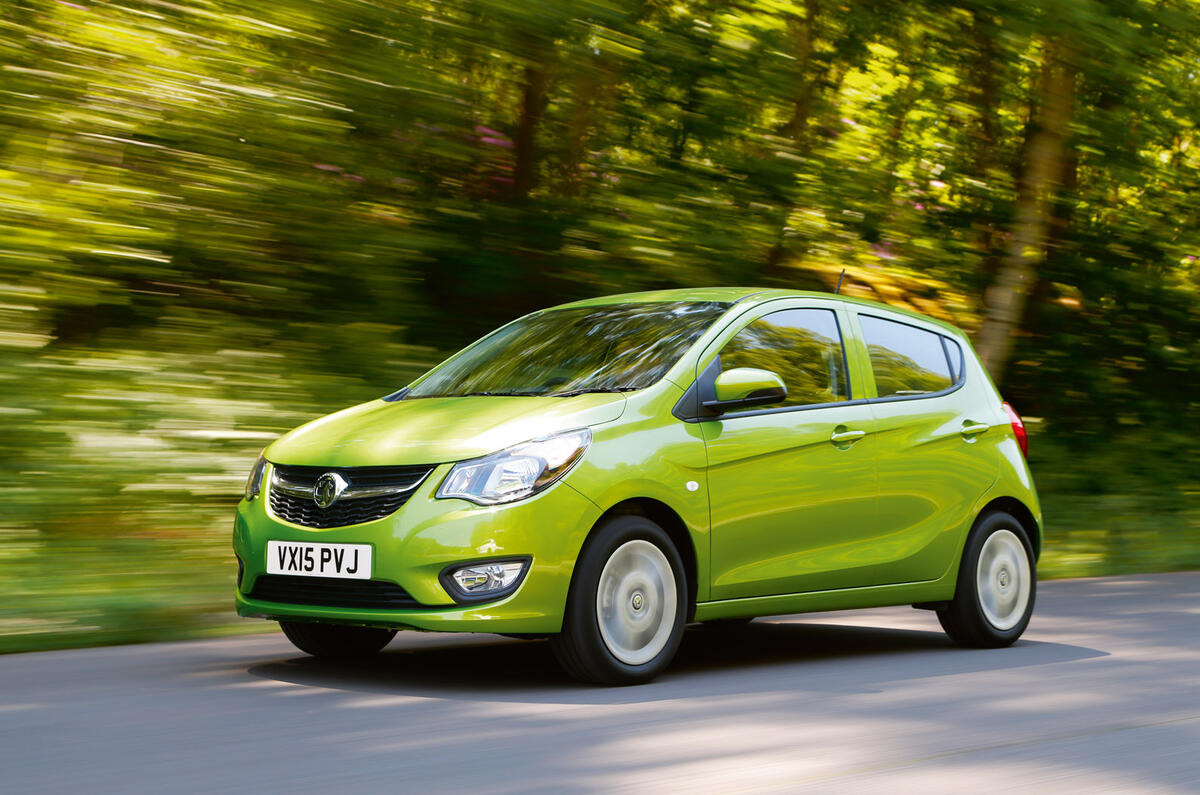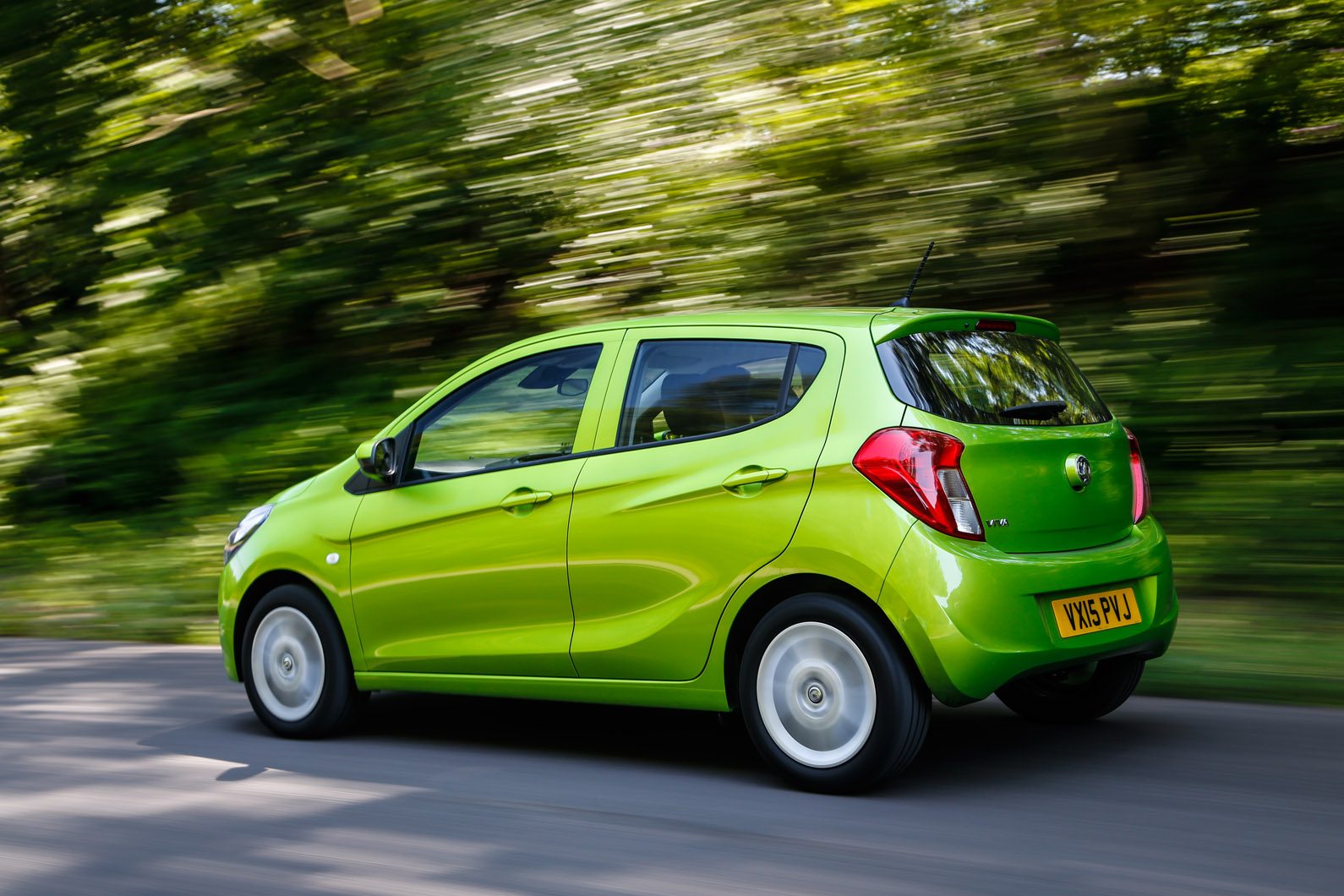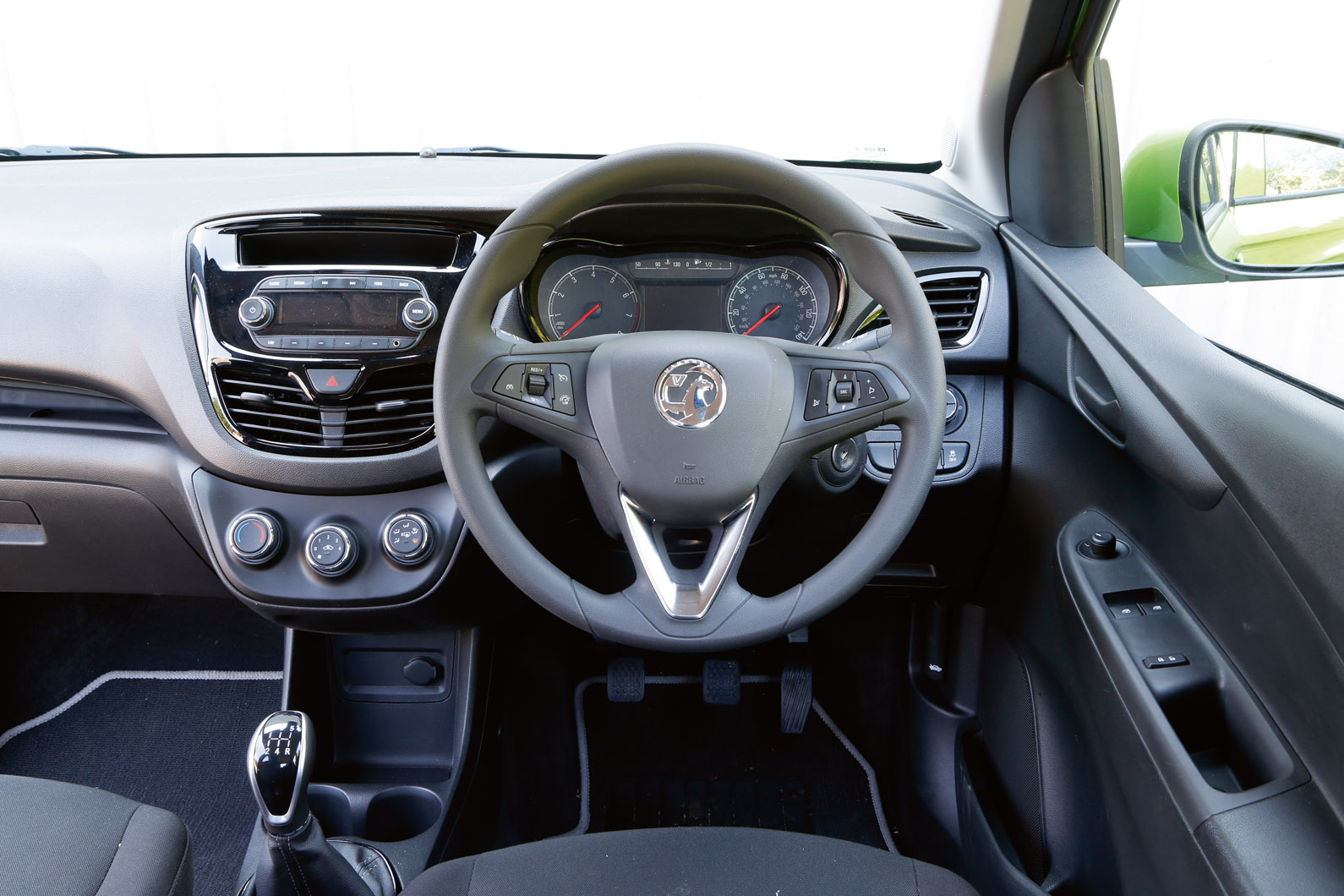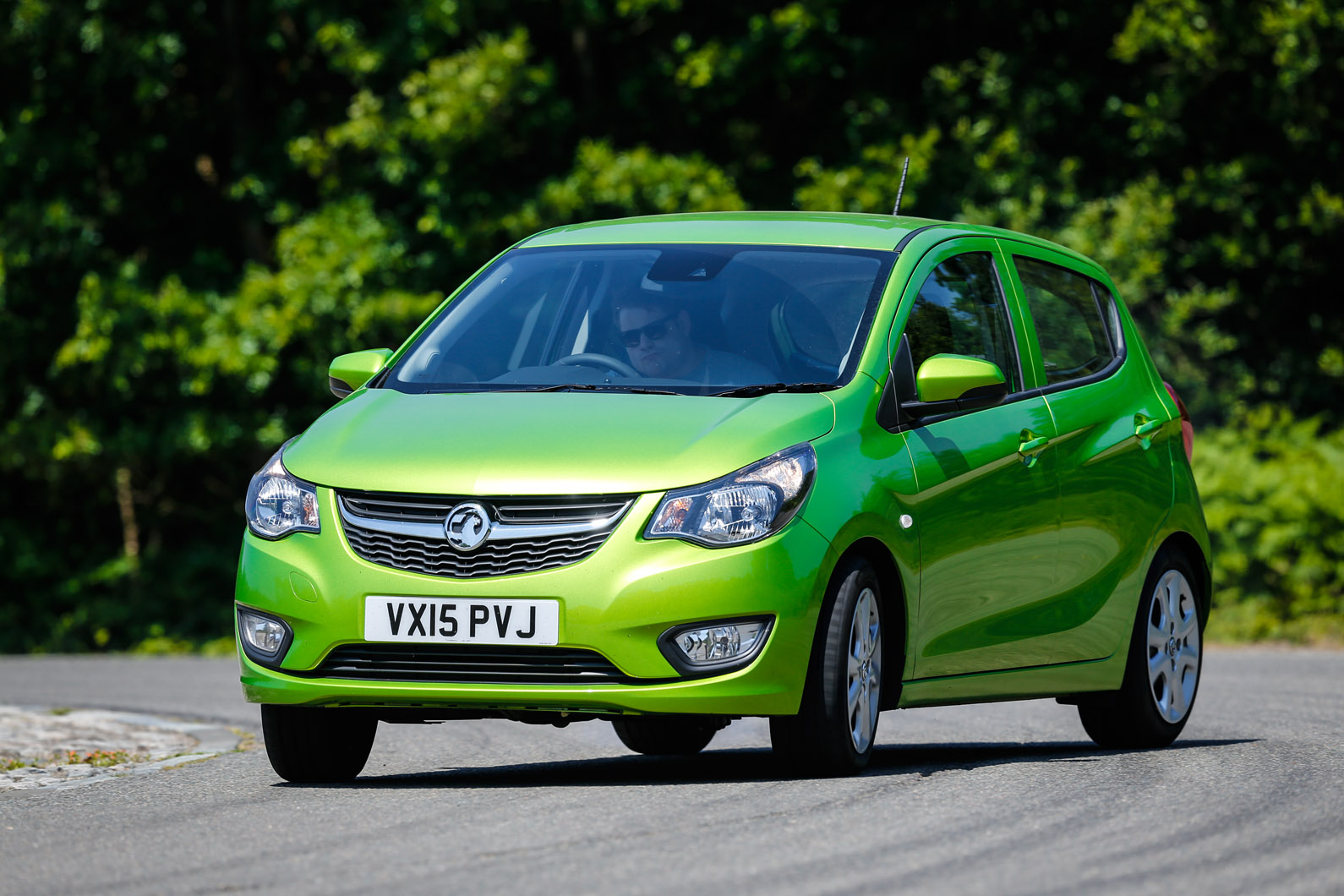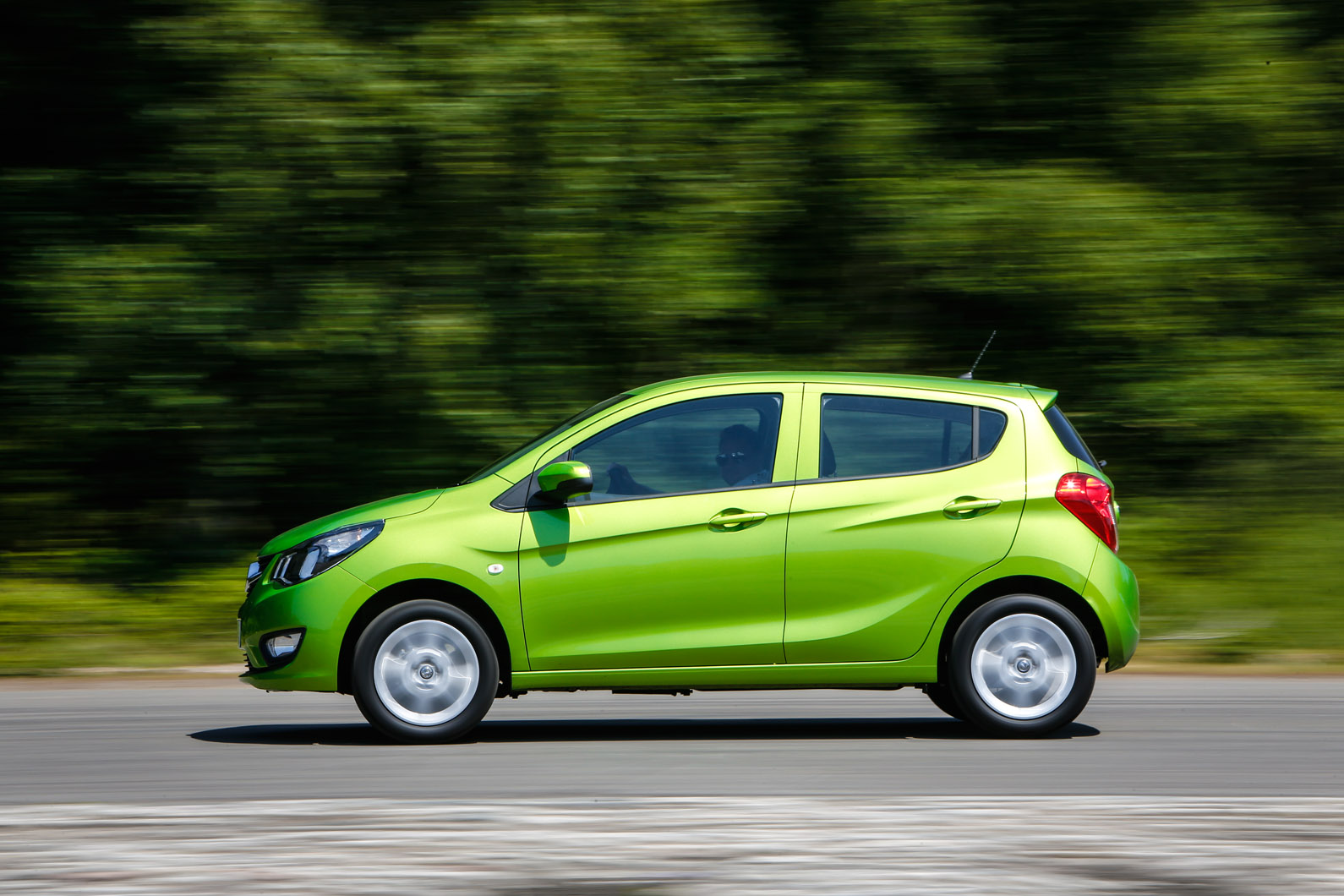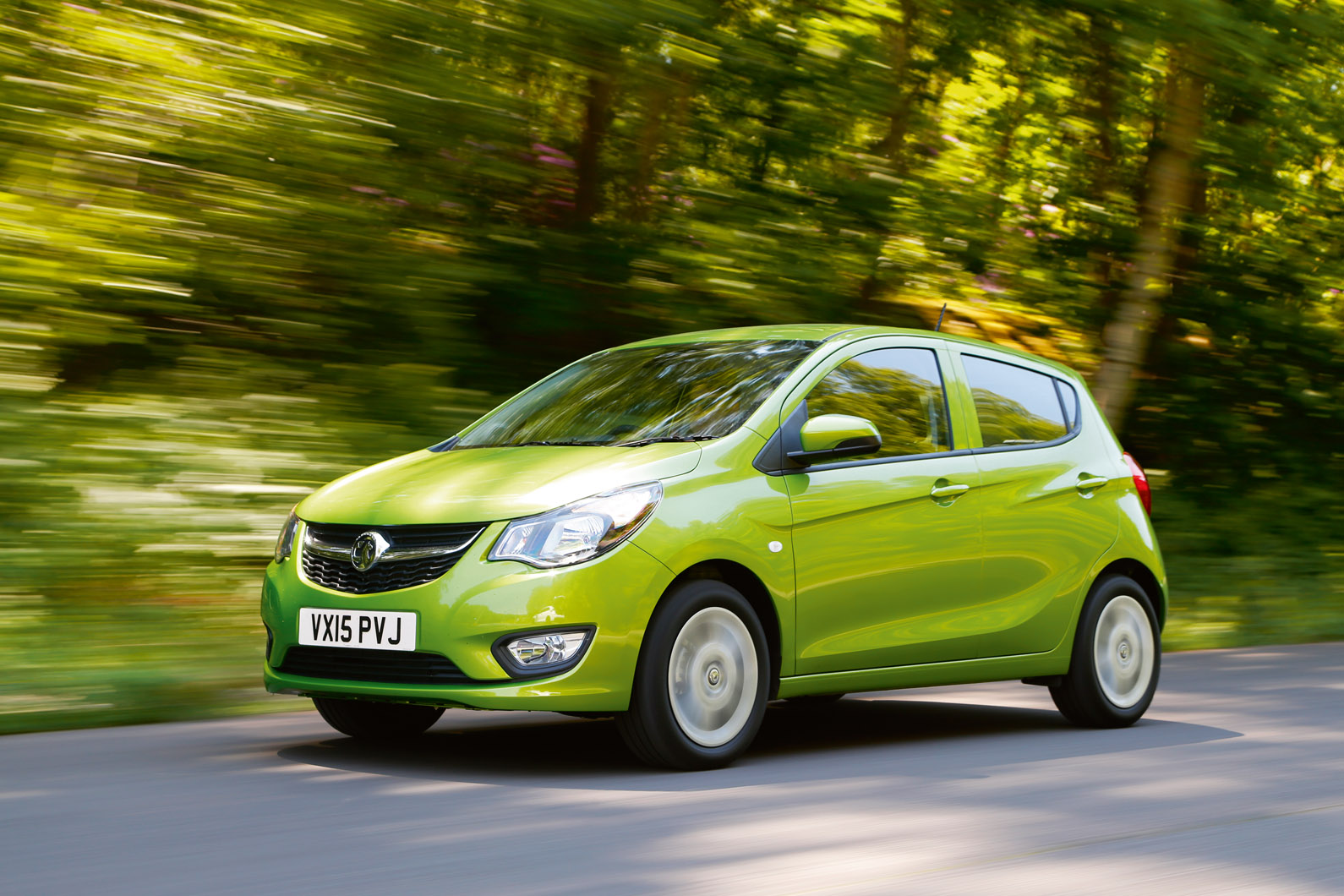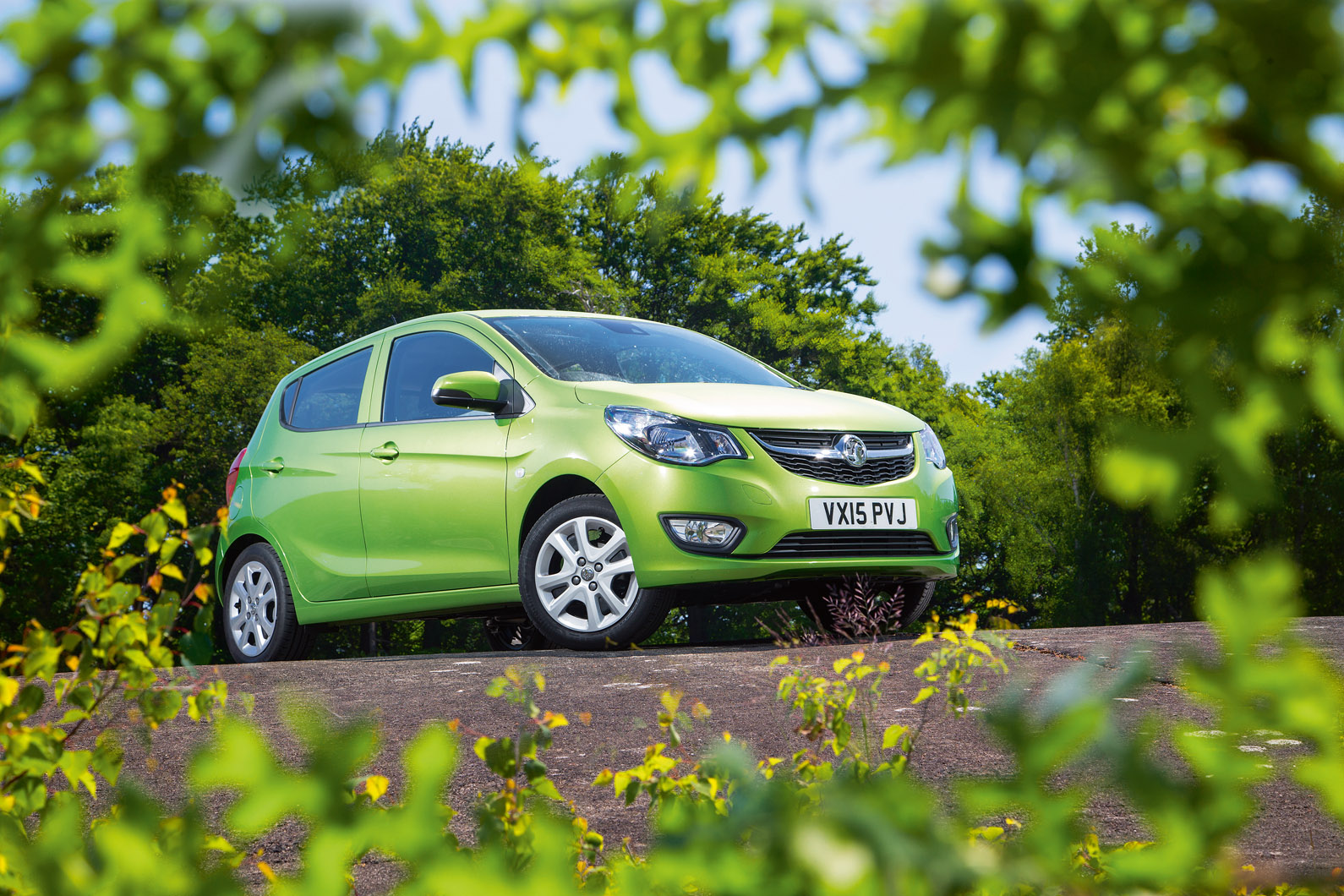The enduring affection of the Great British public for Vauxhall, which remains our second-largest domestic power in terms of overall market share, tells you a lot about what really sells cars in this country.
‘Affection’, though, may be too strong a term to describe something that’s probably become more of an attachment than a true fondness for a lot of owners during the past three decades or so.
Over that time, Vauxhall’s UK-built models have been replaced, in increasing numbers, by cars that seem less distinct from their Opel sister models and are built at overseas production sites. The same thing has happened to other ‘British’ volume brands, of course, while some have disappeared altogether.
But at the same time, the sense of Vauxhall as it once was – a proper British car-making brand, albeit one under US ownership since 1925 – has not only deteriorated but also been neglected.
So to the prickly question: does the UK car buyer honestly care about Griffin-branded Vauxhalls any more? You suspect the majority of those signing up for a new Vauxhall Corsa, Vauxhall Astra, Mokka, Adam or Insignia today would be just as happy if their new cars had Opel’s lightning flash on the grille – provided there’s no change to the practicality, versatility and value for money that the cars represent.


